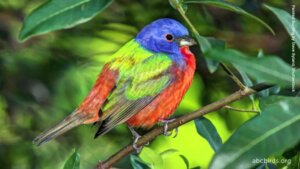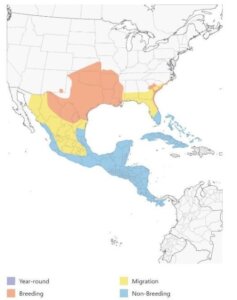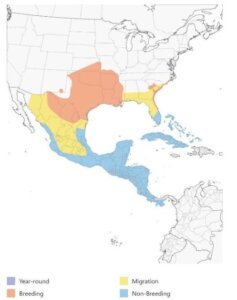At What Age Do Painted Buntings Lay Eggs? Discover the Timeline
Painted Buntings usually start laying eggs at around one year old. These vibrant birds begin their breeding season in spring.
Painted Buntings are among the most colorful songbirds in North America. Known for their bright plumage, they capture the hearts of bird watchers. Understanding their breeding habits can help us appreciate these beautiful creatures even more. Painted Buntings typically nest in dense shrubs or low trees, where they feel safe.
By knowing the age at which they start laying eggs, we can better understand their life cycle and behaviors. This insight can aid in conservation efforts and enhance bird-watching experiences. Let’s dive into the fascinating world of Painted Buntings and explore their nesting habits.
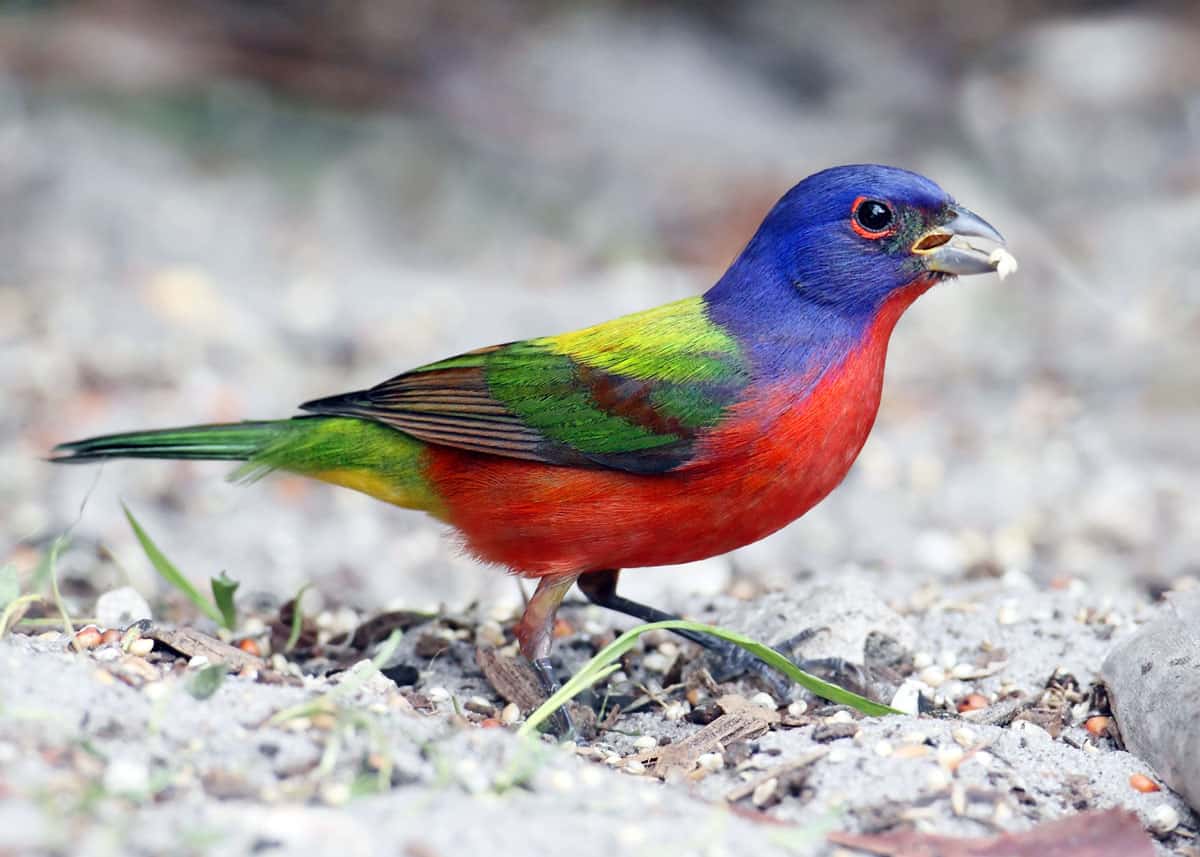
Credit: justbirding.com
Introduction To Painted Buntings
Painted Buntings are one of the most colorful birds in North America. These small songbirds are a delight to birdwatchers and nature enthusiasts. Known for their vibrant plumage, they bring a splash of color to their habitats.
Understanding these birds’ life cycle, including when they lay eggs, is fascinating. Let’s explore the colorful characteristics and habitats of these amazing birds.
Colorful Characteristics
Male Painted Buntings are famous for their bright colors. They have blue heads, green backs, and red underparts. Females and juveniles are less flashy, with greenish-yellow feathers. This color difference helps females stay hidden while nesting.
Habitat And Distribution
Painted Buntings prefer wooded areas and brushy habitats. You can find them in the southeastern United States during the breeding season. During winter, they migrate to Central America and the Caribbean.
The table below shows their main habitats and migration patterns:
| Season | Location |
|---|---|
| Breeding | Southeastern United States |
| Winter | Central America and the Caribbean |
Breeding Season
The breeding season of Painted Buntings is a fascinating time. These colorful birds show unique behaviors during this period. Knowing when they breed helps in understanding their lifecycle better.
Seasonal Timing
Painted Buntings typically begin their breeding season in late spring. This period usually starts in May and can extend to July. The timing ensures warm weather and abundant food.
During this time, the birds can find plenty of insects and seeds. This food supply is crucial for feeding their young.
Behavioral Changes
During the breeding season, male Painted Buntings display vibrant plumage. Their feathers become more colorful to attract females. This change in appearance is a key part of their mating ritual.
The males also sing more frequently. Their songs serve to attract mates and to mark their territory. They become more territorial and can be seen chasing other males away.
The females, on the other hand, focus on building nests. They choose locations with dense foliage to protect their eggs. Once the nest is built, they lay eggs and start the incubation process.
Age Of Maturity
Painted buntings lay eggs around one year old. These colorful birds typically nest and reproduce during the summer months.
Painted Buntings are a colorful bird species. They reach maturity at around one year. This means they can lay eggs after their first year. Understanding their life stages is important.Juvenile Stage
The juvenile stage lasts for several months. During this time, young buntings learn to forage. They also develop essential survival skills. Their feathers are duller compared to adults. This helps them stay hidden from predators.Transition To Adulthood
As they approach one year, buntings transition to adulthood. Their feathers become more vibrant. This change signals readiness for mating. They start to establish their own territories. By the end of their first year, they are ready to lay eggs. Males sing to attract females. Once paired, they begin the nesting process. “`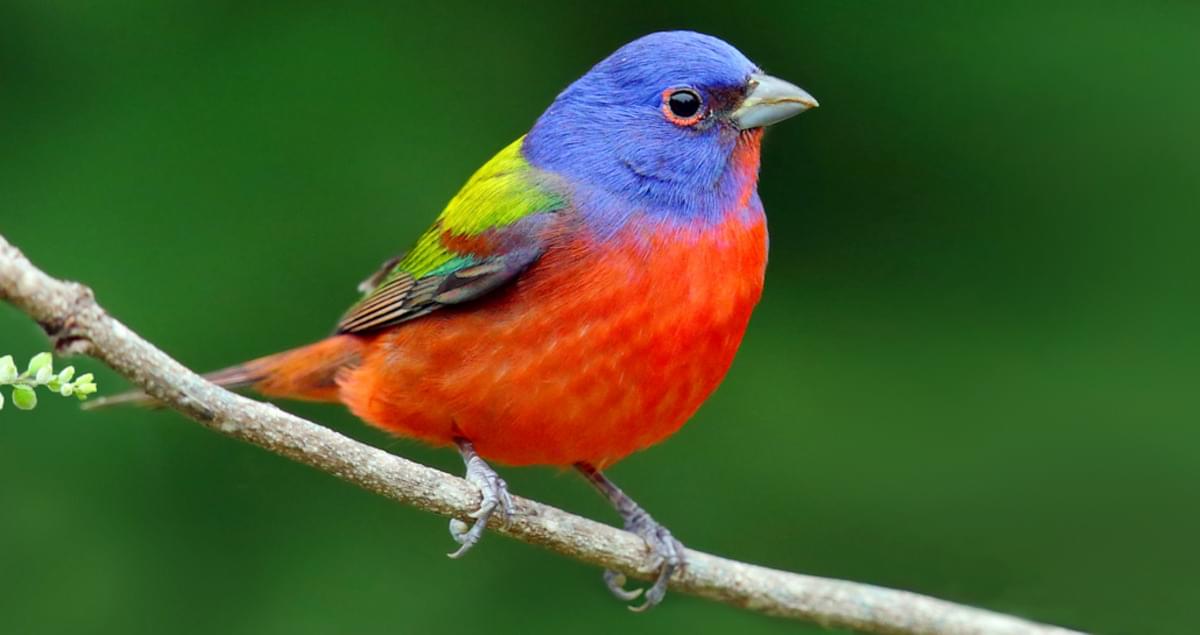
Credit: www.allaboutbirds.org
Egg Laying Timeline
The egg-laying timeline of Painted Buntings is a fascinating aspect of their life. Knowing at what age they start laying eggs and how often they do so is crucial for bird enthusiasts and researchers. This information helps in understanding their breeding patterns, which can aid in their conservation.
Age To Start Laying
Painted Buntings start laying eggs at around one year of age. Female buntings reach sexual maturity quicker than males. This early maturity allows them to contribute to the population sooner. Observing these birds during their first breeding season is a delight.
Frequency Of Egg Laying
Painted Buntings lay eggs multiple times during the breeding season. Typically, a female can lay one clutch every few weeks. Each clutch contains about three to four eggs. The breeding season usually spans from May to August. During this time, females may lay up to three clutches. Frequent egg laying ensures a higher chance of offspring survival.
Nesting Habits
Painted Buntings are vibrant birds known for their stunning colors. These birds exhibit unique nesting habits, making them fascinating to observe. Understanding their nesting patterns can provide insights into their breeding behaviors.
Preferred Nesting Sites
Painted Buntings prefer dense shrubs and low trees for nesting. They seek out areas with thick foliage to hide their nests. This provides protection from predators. These birds often choose locations near water sources. Such sites offer ample food and safety.
Nest Construction
Female Painted Buntings take the lead in nest building. They use grass, leaves, and spider webs to create a sturdy nest. The process can take several days to complete. The nests are usually cup-shaped, ensuring the eggs are secure. Nests are often placed between 3 to 6 feet above ground.
These nests blend well with the surroundings, providing camouflage. This helps protect the eggs and chicks from threats. Overall, the nesting habits of Painted Buntings showcase their adaptability and resourcefulness.

Credit: en.wikipedia.org
Conservation And Protection
Painted Buntings typically lay eggs at around one year old. These colorful birds begin nesting in the spring season. They choose dense shrubs or small trees for their nests.
Painted Buntings, with their vibrant colors, are a sight to behold. Their beauty makes them a target for various threats. Protecting these birds is crucial. Conservation efforts help ensure their survival. Understanding their threats and how we can help is key.Threats To Painted Buntings
Painted Buntings face many threats. Habitat loss is a major issue. As forests and grasslands disappear, so do their homes. Illegal pet trade also poses a threat. Many people capture these birds for their colorful feathers. This reduces their numbers in the wild. Predators like cats and snakes also endanger their nests. Climate change affects their food sources and migration patterns. All these factors make survival tough for Painted Buntings.Conservation Efforts
Many organizations work to protect Painted Buntings. They create and preserve habitats. This gives the birds safe places to live and breed. Laws against illegal pet trade help too. They reduce the number of birds taken from the wild. Research and monitoring play a big role. Scientists track bird populations and health. Community involvement is essential. People can help by creating bird-friendly gardens. Reducing pesticide use also benefits these birds. Every small action counts towards their conservation. “`Frequently Asked Questions
What Age Do Painted Buntings Start Breeding?
Painted Buntings typically start breeding at one year old. Both males and females reach sexual maturity at this age.
When Do Painted Buntings Lay Their First Eggs?
Painted Buntings usually lay their first eggs between May and July. This period marks their primary breeding season.
How Many Eggs Do Painted Buntings Lay?
Painted Buntings typically lay three to four eggs per clutch. Occasionally, they may lay up to five eggs.
How Long Is The Incubation Period For Painted Buntings?
The incubation period for Painted Buntings is about 11 to 13 days. Both parents may help in incubation.
Conclusion
Painted Buntings start laying eggs at around two years old. This vibrant bird’s breeding season is a delightful sight. Observing them can be a rewarding experience for bird lovers. Their colorful feathers and melodious songs add charm to any garden.
Knowing their breeding habits helps in understanding their life cycle. It also aids in conservation efforts. Bird watchers and nature enthusiasts can gain much from studying Painted Buntings. They are truly a marvel in the avian world. So, keep an eye out for these beautiful birds, and enjoy their presence in your surroundings.
Hello Dear, I'm Poli Kolymnia, owner of many birds (including budgies).
With a deep passion for these feathered companions, I'm here to share my expertise and extensive knowledge on birds care.
My articles cover essential topics like diet, housing, care, and health, providing practical tips to help you create a happy and thriving environment for your birds.


